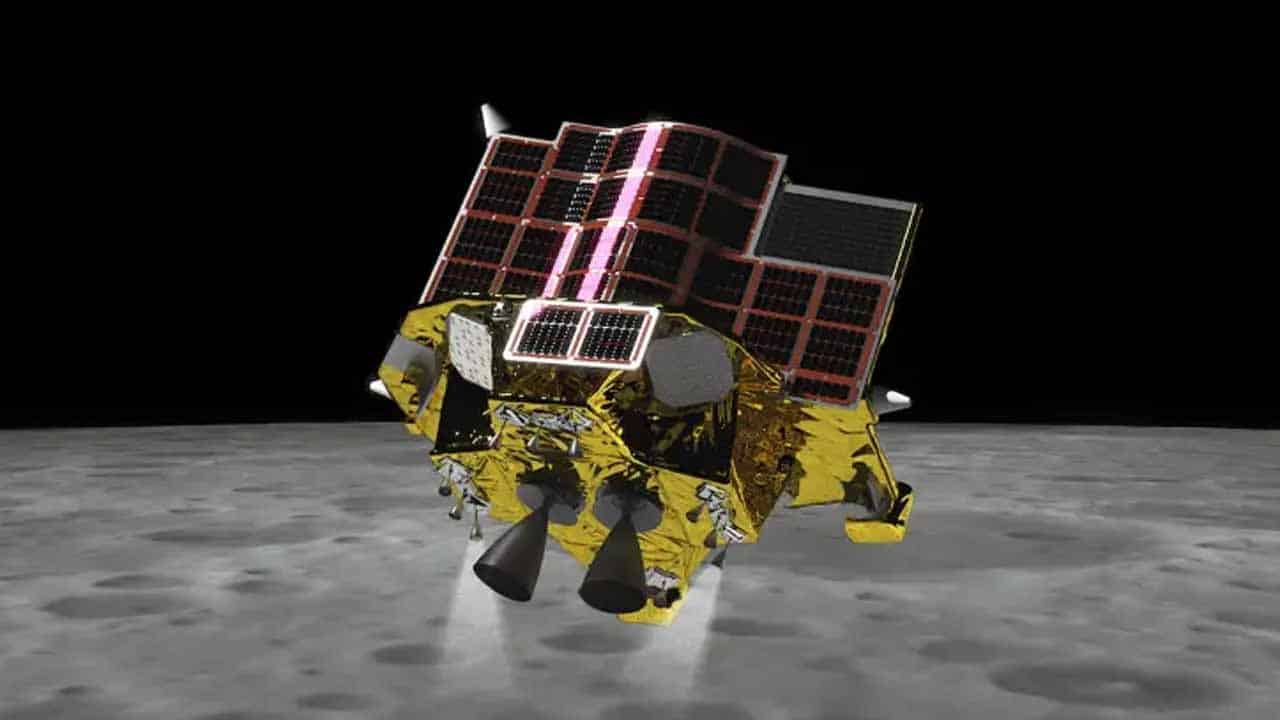Japan has joined the exclusive group of nations that have successfully landed spacecraft on the moon.
The Smart Lander for Investigating Moon (SLIM), a robotic spacecraft, accomplished a soft landing on the lunar surface early Saturday, making Japan the fifth country in history to achieve this milestone. However, space officials have expressed the need for additional time to analyze whether SLIM achieved its mission priority of making a precise, pinpoint landing.
Despite the success of the landing, challenges arose as the spacecraft’s solar panel failed to generate power, potentially limiting its operational lifespan on the moon.
Officials are optimistic about the deployment of SLIM’s small rovers, believing that data is being transmitted back to Earth. Hitoshi Kuninaka, head of the Institute of Space and Astronautical Science, expressed confidence that the mission had achieved at least a “minimum” level of success.
The successful landing took place at approximately 12:20 a.m. Tokyo time on Saturday. A period of suspense followed the initial confirmation from the Japan Aerospace Exploration Agency’s mission control, which stated that SLIM was on the lunar surface but further details were pending.
A subsequent news conference nearly two hours later provided more information.For the mission to be deemed fully successful, officials must confirm whether SLIM achieved a pinpoint landing.
Kuninaka acknowledged the need for additional time but expressed personal confidence in the likelihood of success, citing data on the spacecraft’s movement leading up to the landing and its ability to transmit signals afterward.
Prime Minister Fumio Kishida celebrated the achievement despite the solar panel issue, expressing delight and pledging continued government support for such endeavors.
NASA Administrator Bill Nelson also commended Japan’s accomplishment, recognizing the country as the historic fifth nation to successfully land on the moon. He emphasized the value of the partnership in space exploration and collaboration within the U.S.-led multinational Artemis Moon exploration program.
SLIM, a lightweight spacecraft comparable in size to a passenger vehicle, utilized groundbreaking “pinpoint landing” technology, aiming for a target area just 100 meters (330 feet) wide—significantly smaller than previous moon landing zones. This advancement promises greater control and precision in lunar landings compared to earlier missions.






